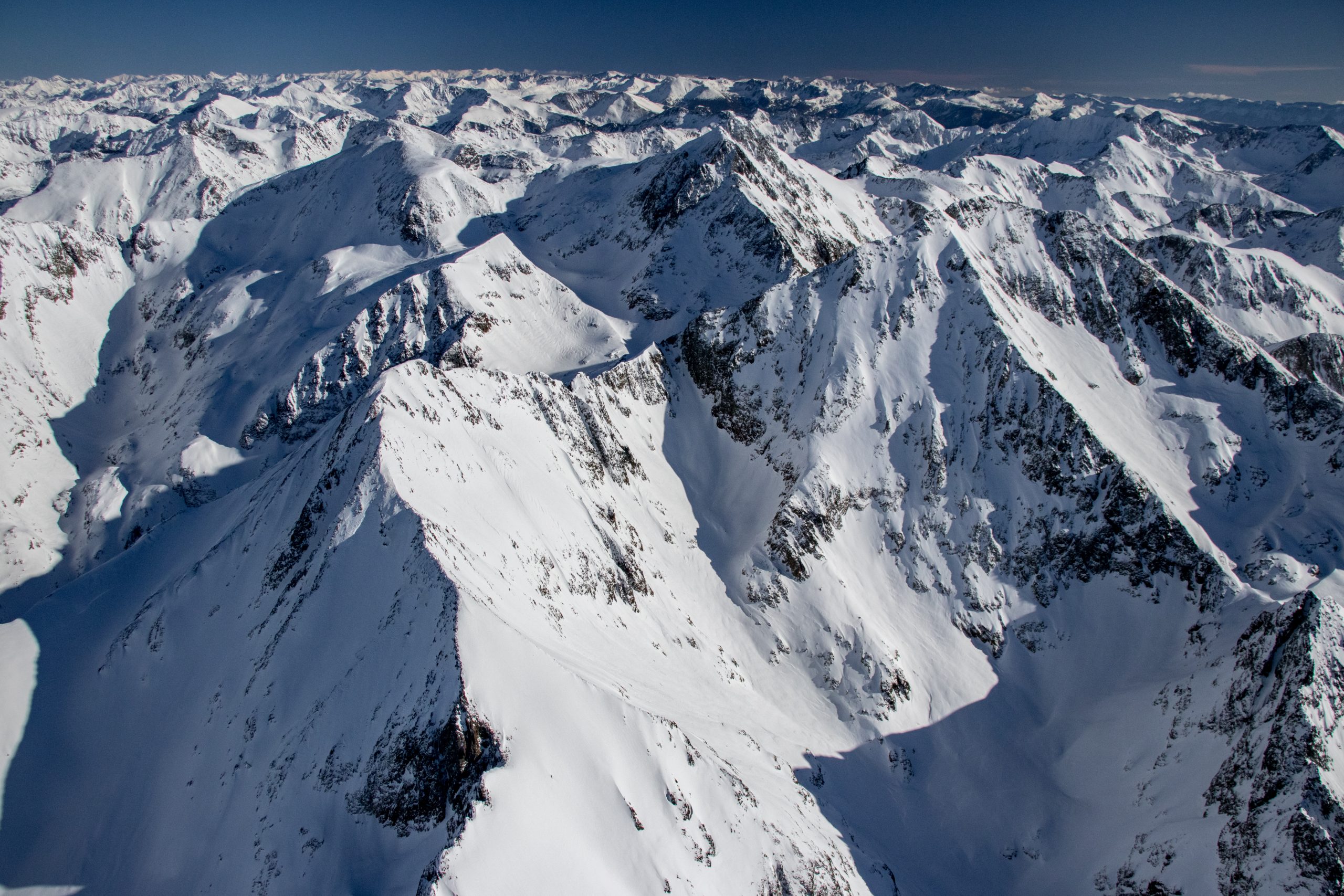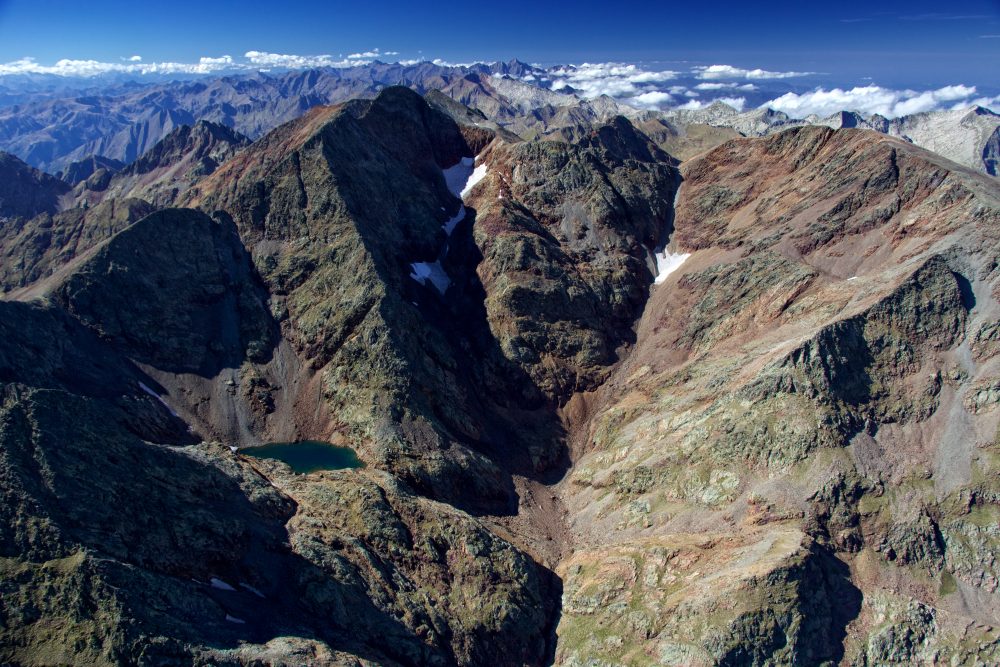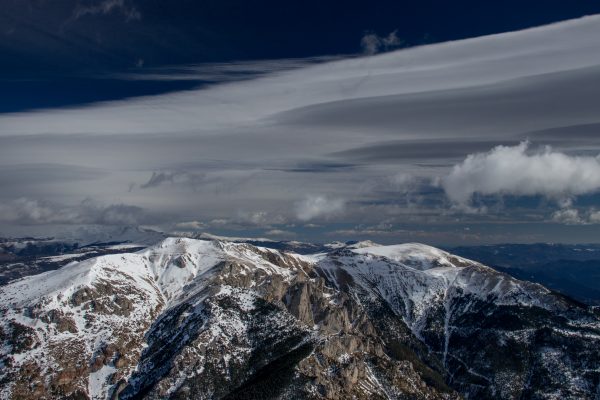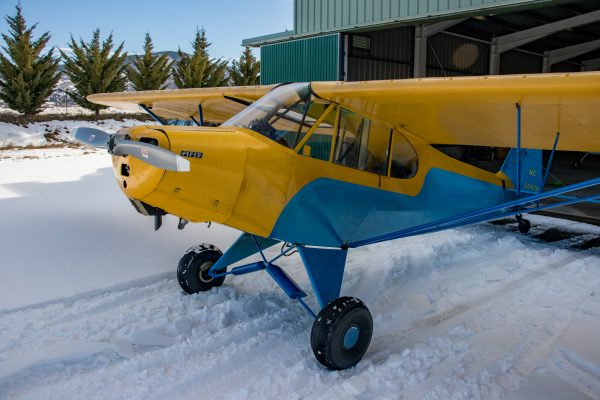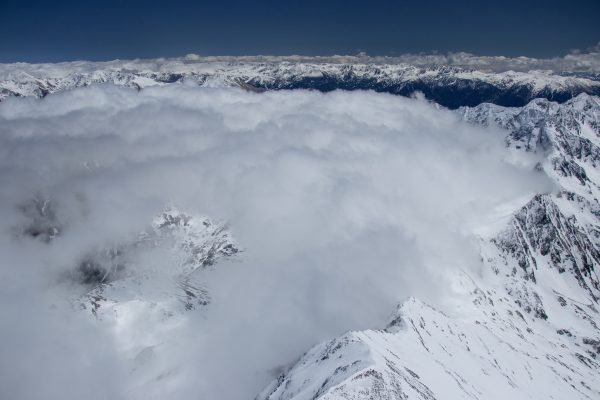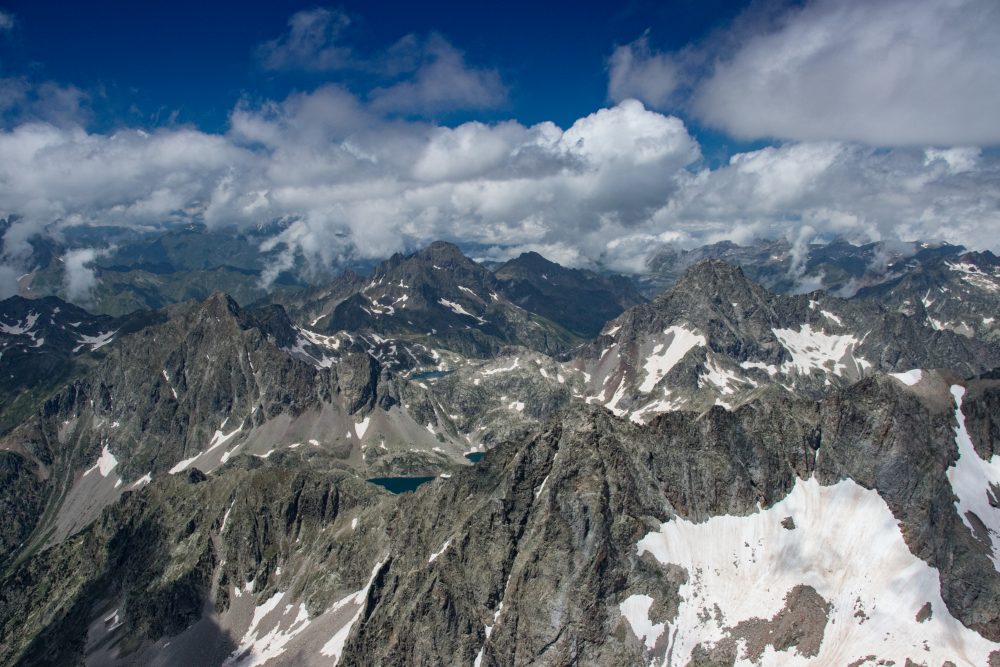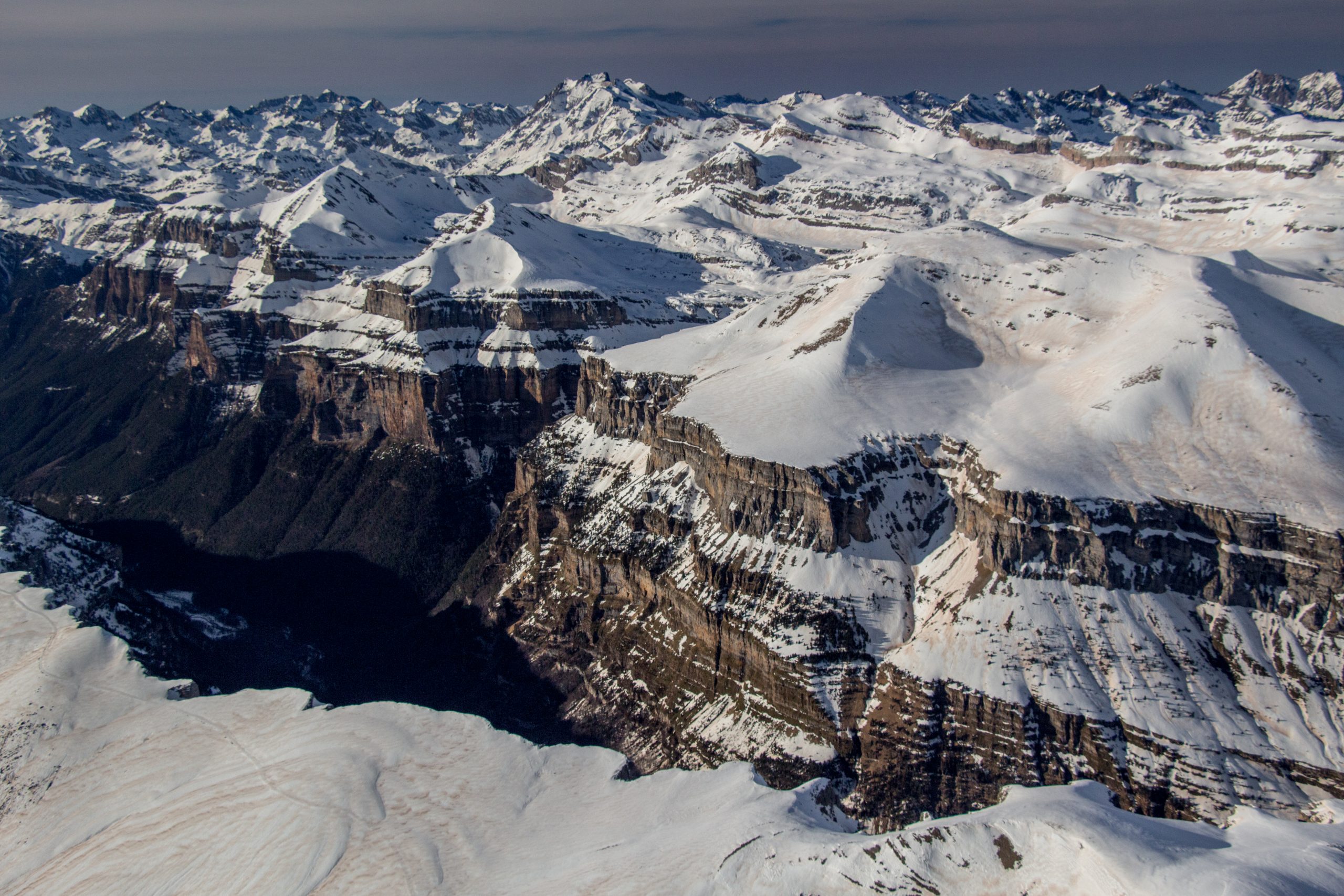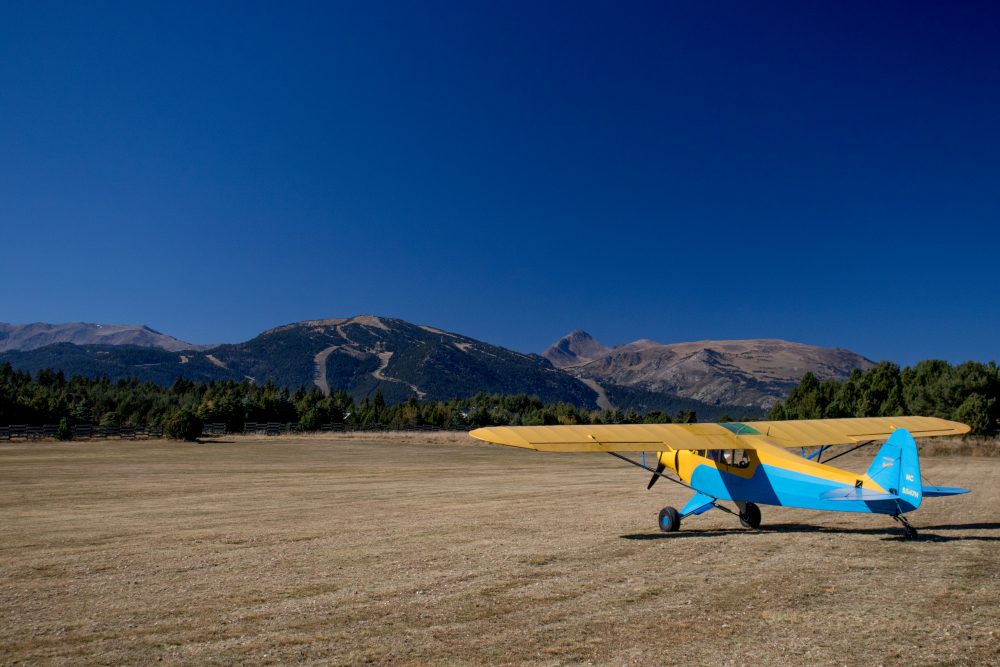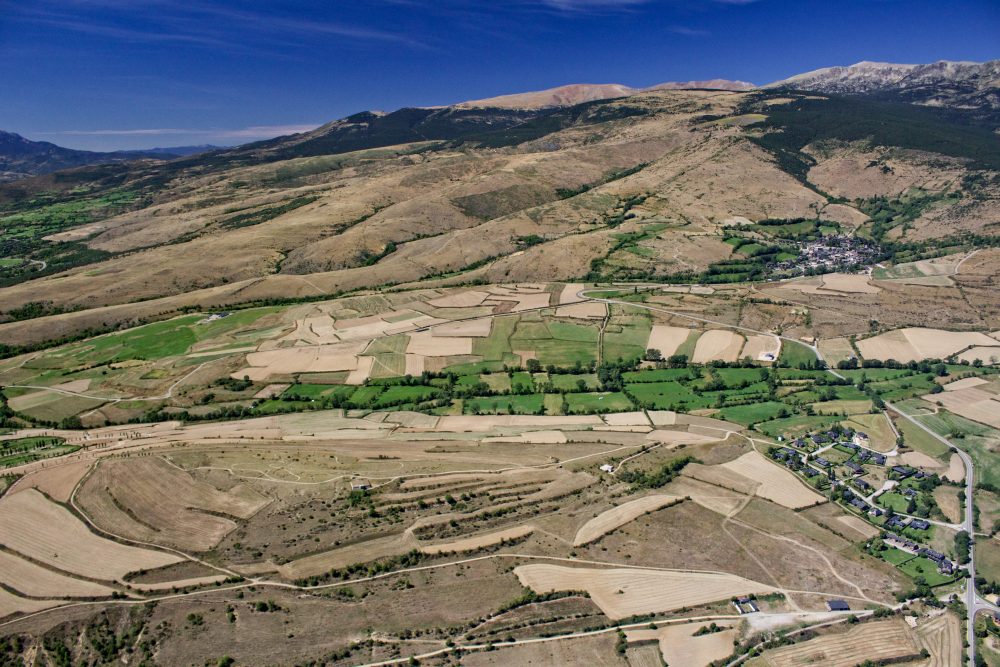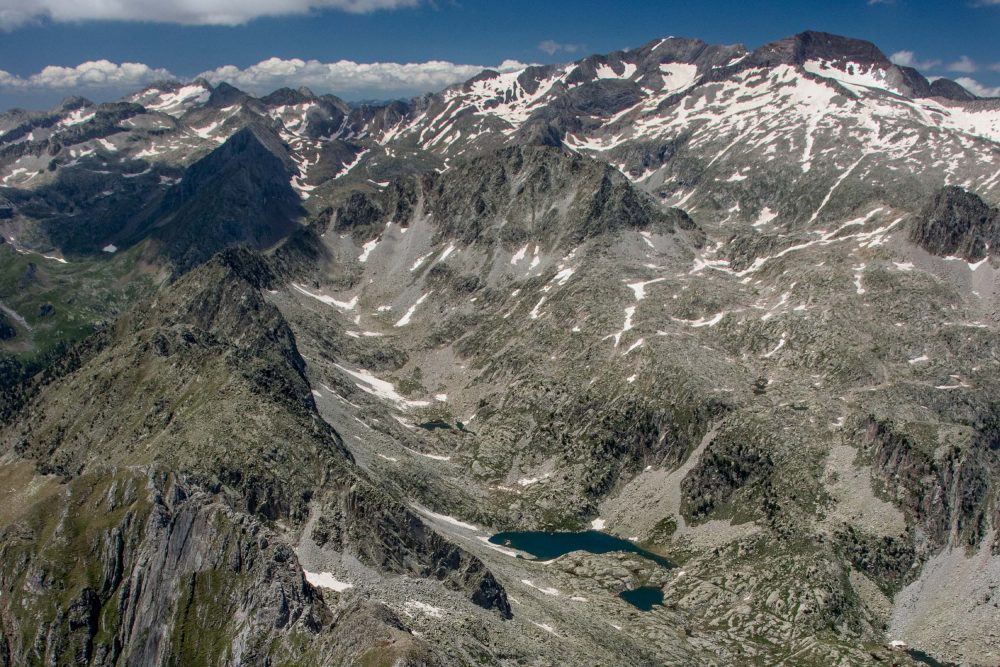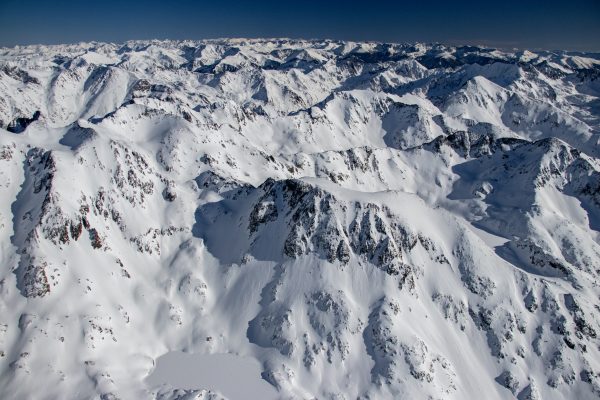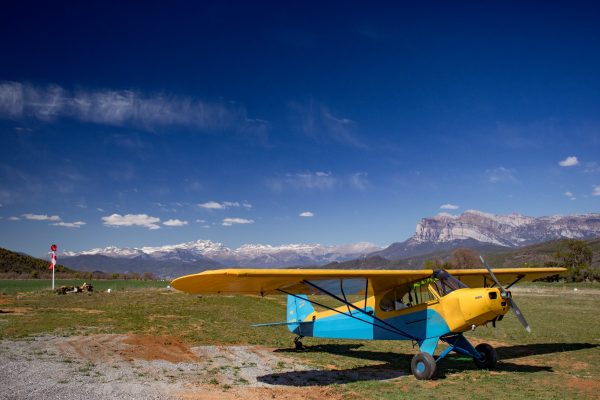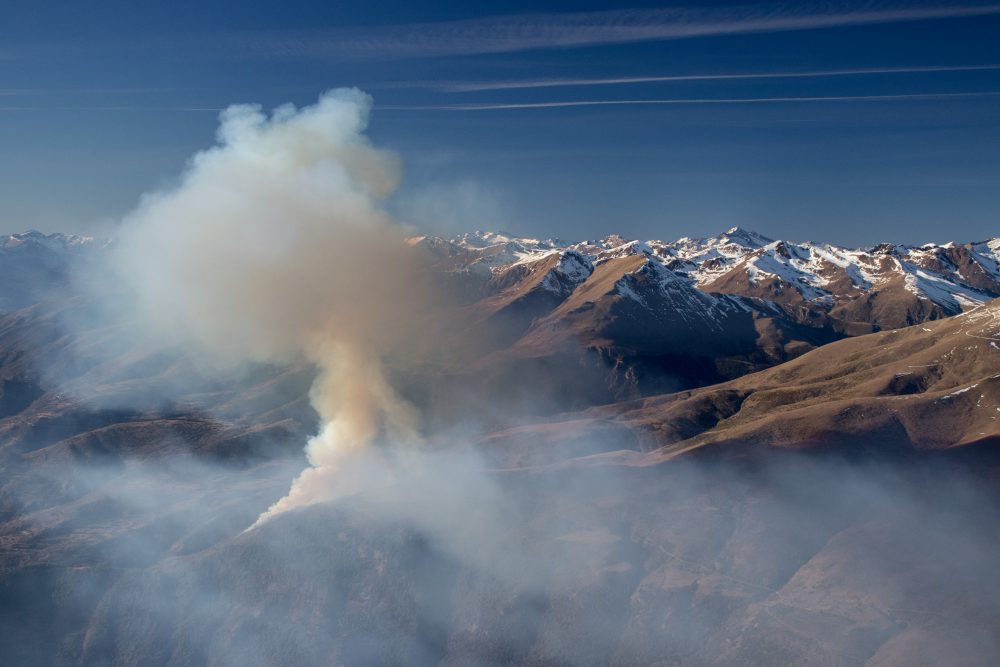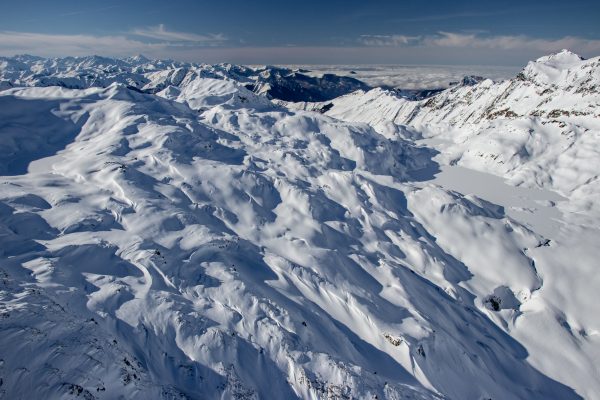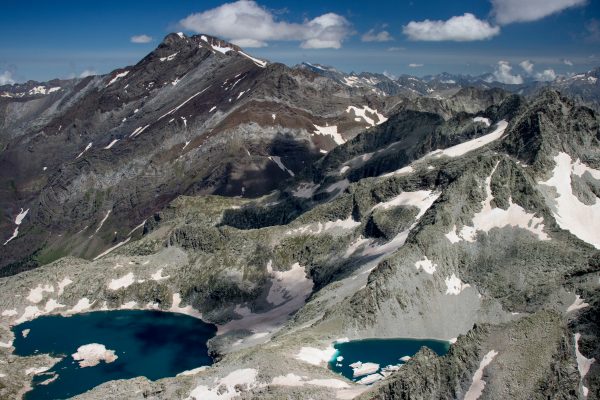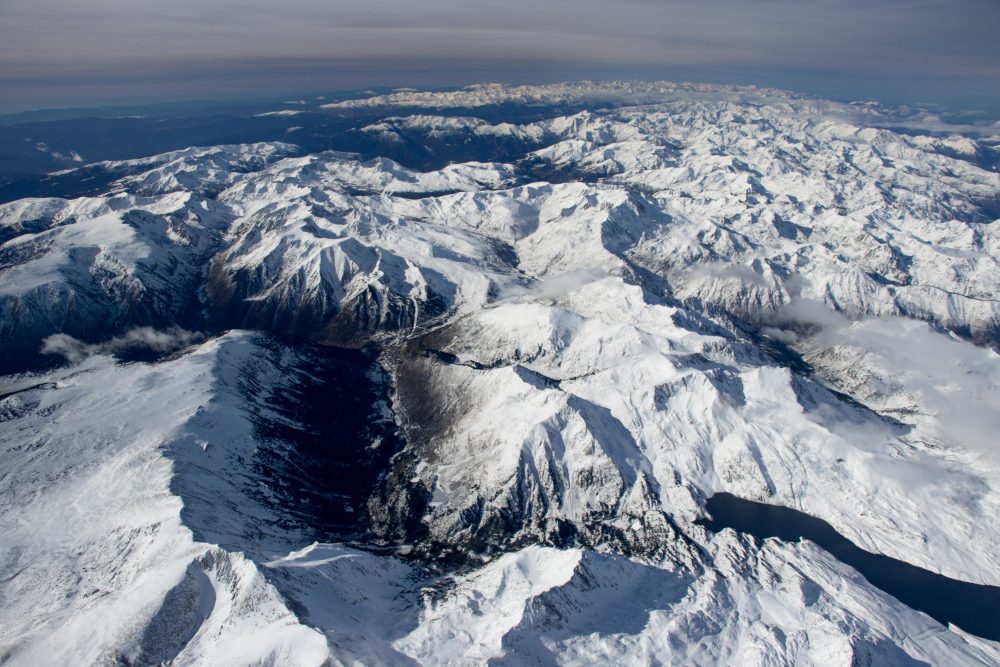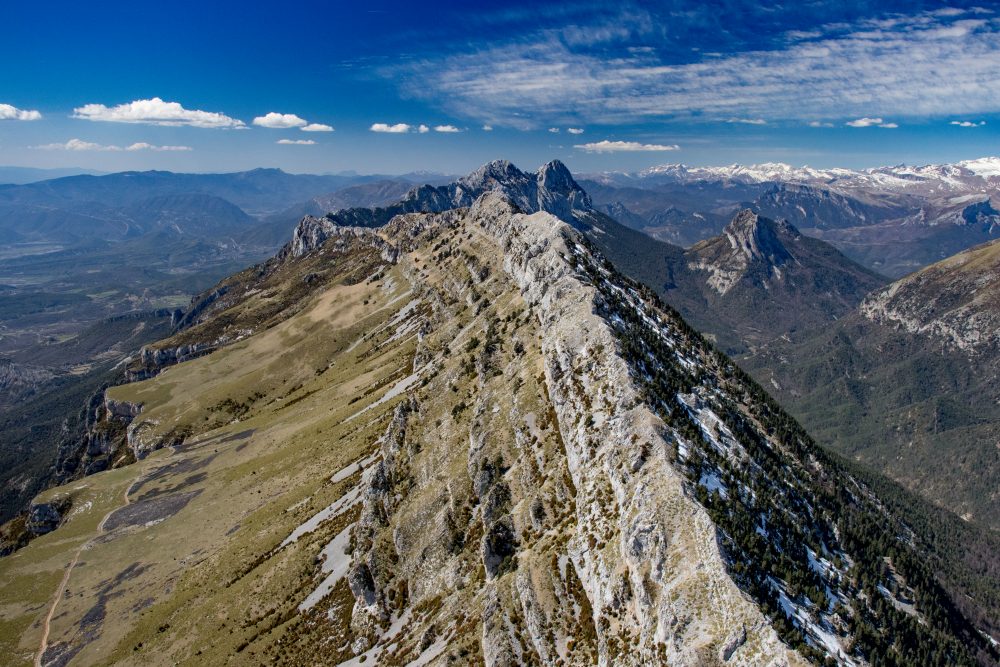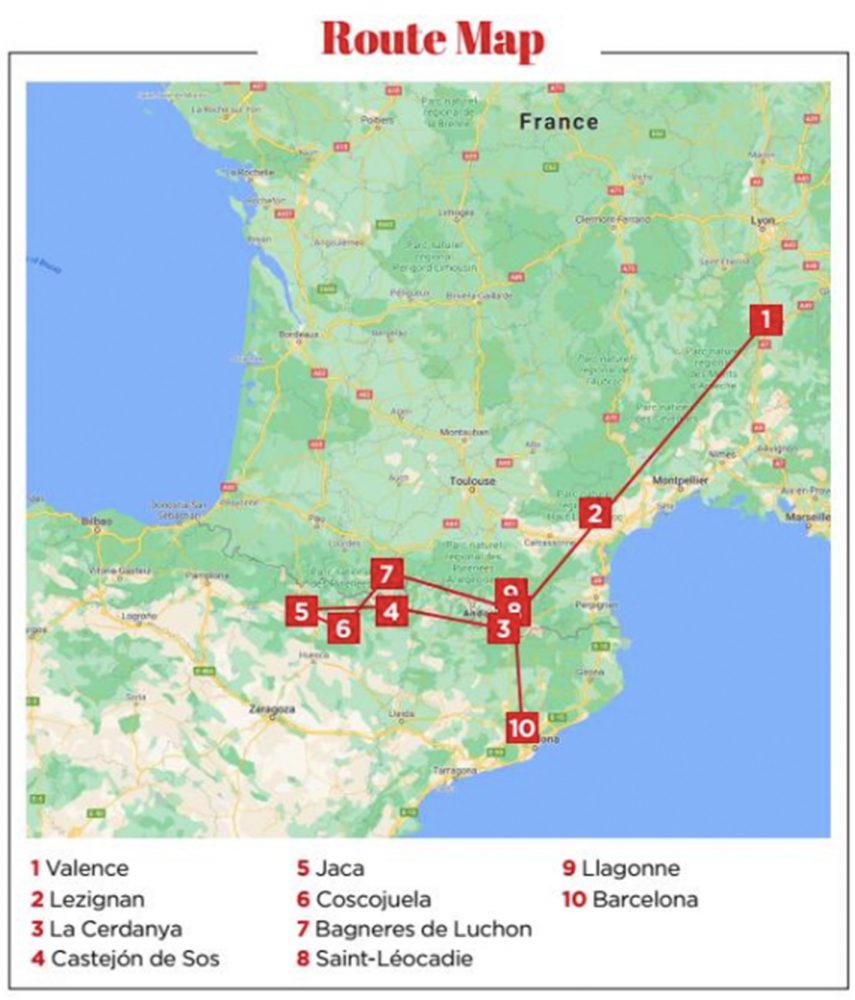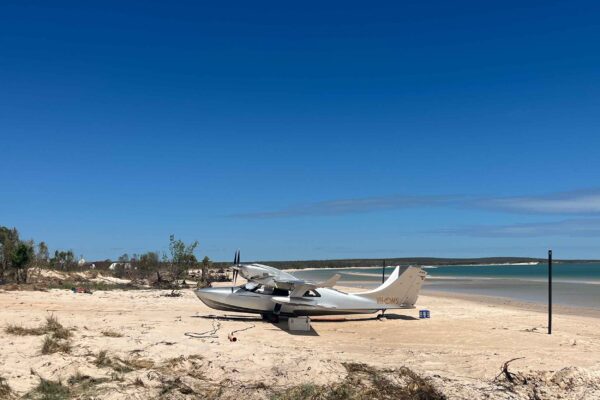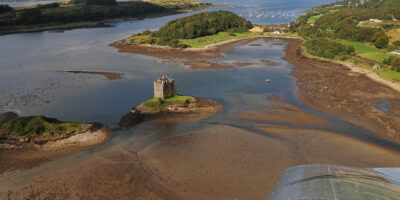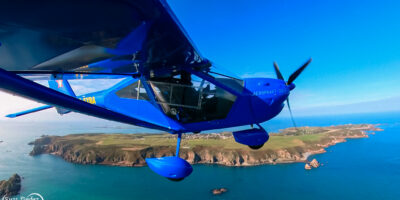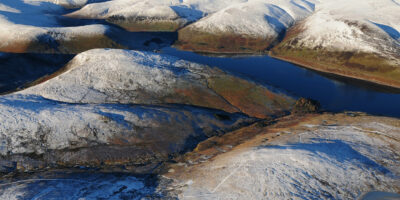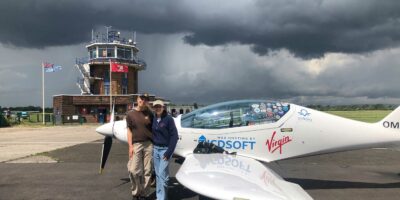Airports are rather sparse in the mountains. I visited Jaca in Spain, on the south side a few times for fuel, the gyrocopter school at Coscojuela on the Mediano reservoir in Spain; Bagneres de Luchon, France; Castejón de Sos as previously mentioned, Saint-Léocadie, France for instruction, and one altiport in Llagonne, France. There is one other paved altiport at Peyresourde, France, that I am remiss for not having visited, as it was featured in the film Tomorrow Never Dies. There are others in the foothills on the French and Spanish side, although nothing like the population of airports which can be found in the Alps. Andorra only has heliports.
While it is possible to explore the entirety of the mountain range on nice days, there was that nagging issue of the frequency of strong, north winds. The fact is, La Cerdanya is on the leeside of that phenomenon, which is ill-suited for conventional aviation, though ideal for gliders. On winter days, I could see mountain wave clouds rising as high as 40,000ft, in classic lenticularis formation. Spanish pilots reported taking gliders as high as 7,000m, regularly sailing the length of the mountain range on days that I would describe as rather awful. “If they can do it, I can do it,” I said to myself, and slowly but surely chipped away at the nagging problem.
The first thing I discovered was that I could fly along the ridge of Cadí-Moixeró, along the ‘pre-Pyrenees’, which are also the south side of La Cerdanya, in winds as high as 40kt. As long as I was upwind, then the experience was tranquil, though I must confess that blowing snow on the mountain next to me was a first. Eventually, after great amounts of conversation with glider pilots, I deduced that I could aim for the feared Andorran ridge, even on a north wind day, and conquer it.


